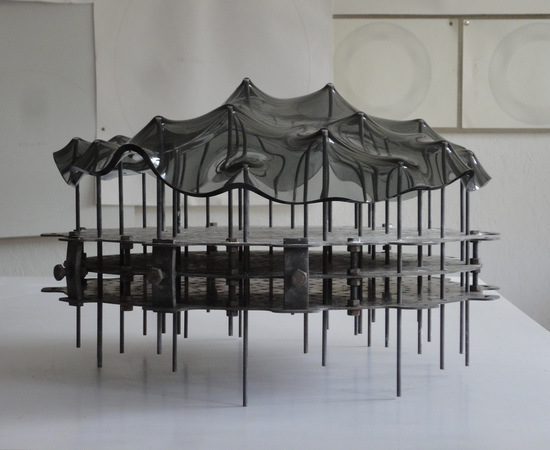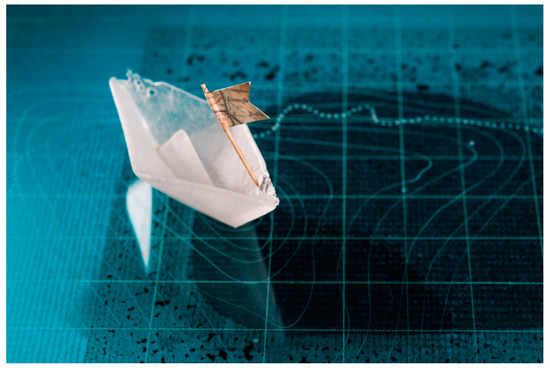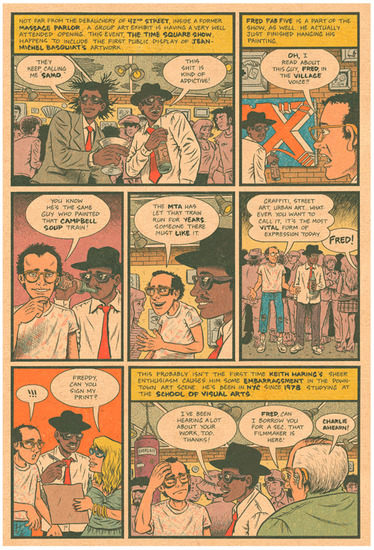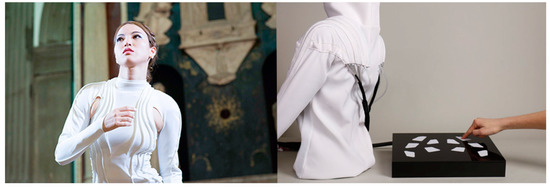Trauma theorists foreground the unrepresentability of trauma; however, with modern innovations in visual representation, such as the photograph and cinema, depictions of trauma have begun to circulate across different mediums for a variety of audiences. These images tend to problematically present the traumatic
[...] Read more.
Trauma theorists foreground the unrepresentability of trauma; however, with modern innovations in visual representation, such as the photograph and cinema, depictions of trauma have begun to circulate across different mediums for a variety of audiences. These images tend to problematically present the traumatic event rather than the effects of trauma, such as traumatic memory. Specifically, some contemporary Hollywood popular films and television series that include rape as their subject matter often include a rape scene that can evoke affects such as disgust or empathy, and while these affects can last the duration of the film, they fail to shift popular discourses about rape because affect is more productive when it focuses on effects instead of events. As trauma studies has shifted to memory studies in the Humanities, and rape has become more prominent in popular culture through the circulation of personal testimony on social media and memoir, depictions of rape in cinema have slowly started to change from presentations of rape scenes to representations of rape trauma that highlight different affects, such as shame.
Using Monster (2003),
Girl with the Dragon Tattoo (2011),
Room (2015), and the television series,
13 Reasons Why (2017) and
Sharp Objects (2018) as case studies, this paper argues that, for an audiovisual depiction of rape to shift popular discourses about rape, it would have to function rhetorically to widen the cultural understanding of rape trauma beyond the event, and demonstrate that rape trauma should be understood as part of the personal, unconscious, cultural, and visual mediation of traumatic memory.
Full article





